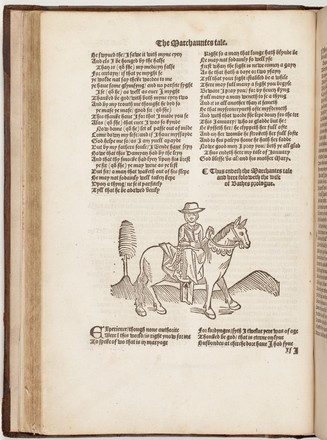
The workes of Geffray Chaucer: newly printed
1532
Bound volume
London: T Godfray, 1532
Bequest of Sir William Dixson, 1952
SAFE/ Q53/ 3
Bound volume
London: T Godfray, 1532
Bequest of Sir William Dixson, 1952
SAFE/ Q53/ 3
Geoffrey Chaucer is one of the most important English poets of the Middle Ages. His use of the English Language and his ability to tell stories with humour and realism has been appreciated and his work reproduced for over 600 years.
This 1532 edition contains all of Chaucer's writings except for the Ploughman's Tale, which was first printed in the edition of 1542. While the authorship of some of the material has been questioned, there is no doubt that this was the first comprehensive review of Chaucer’s work.
The volume begins with The Canterbury Tales, illustrated with a number of woodcuts and initials. The woodcuts are reproduced from William Caxton’s second edition of The Canterbury Tales, printed in 1484.


 Back to list
Back to list